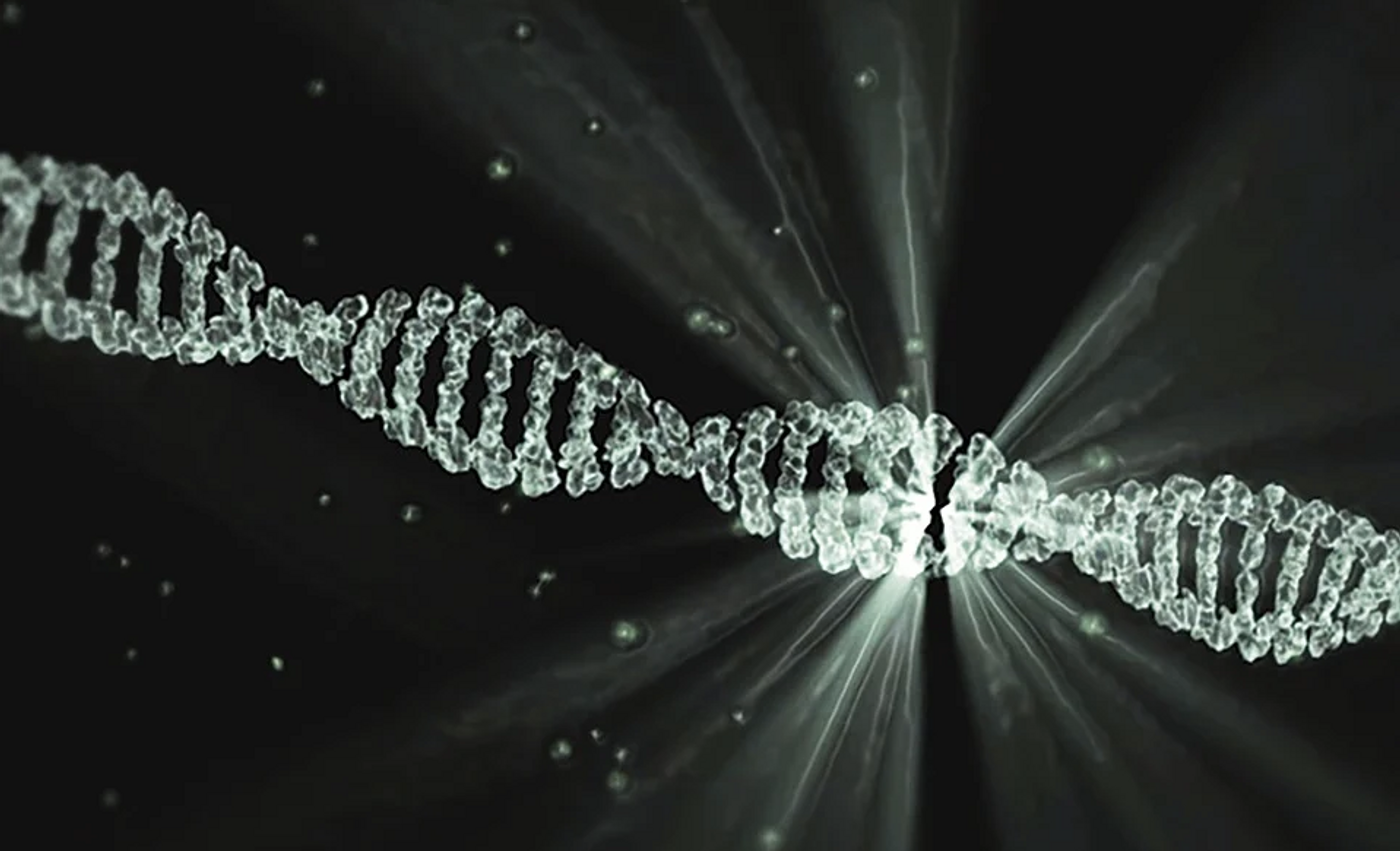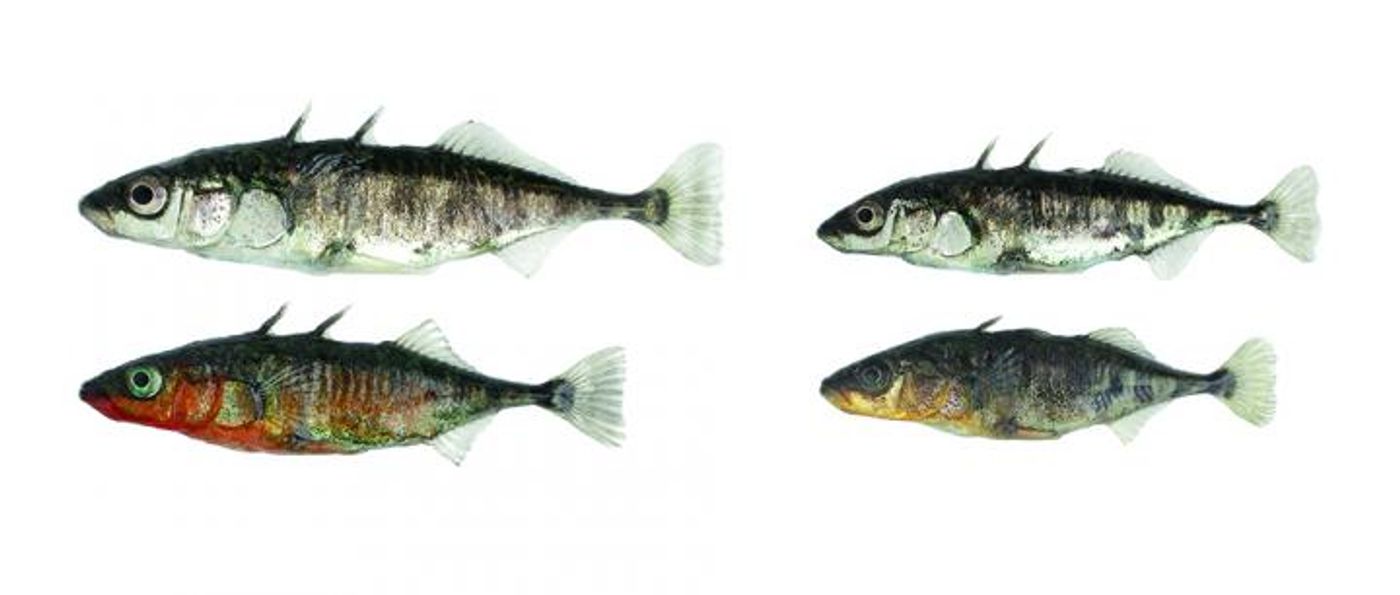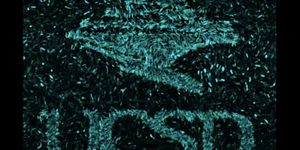Evolution Observed in Fish in a Single Generation
Theories of evolution were developed without an understanding of genetics, and while our ability to study genes has advanced tremendously, those advancements have happened only in the past few decades. That has left evolution largely unstudied experimentally outside of microorganisms. Since bacteria can rapidly create many new generations, scientists have been able to use them as a model of evolution in the lab, but the phenomenon has only been demonstrated over generations in a few animals, like birds and lizards.
In a five year study, scientists have now shown that stickleback fish were able to alter some of their traits within a single generation. The work, led by Dr. Daniel Berner of the University of Basel's Department of Environmental Sciences, has been reported in Nature Communications.
In this research, the scientists studied stickleback fish, which have adapted differently depending on whether they live in a lake or a river. These two populations of fish exhibit different traits, like foraging and predator defense behaviors. The researchers examined the genomes of the lake-dwellers and the genomes of the river-dwellers to find the genes that were different between them. While these populations would be similar and carry more or less the same genes, small sequence variations specific to each population can be found.
The researchers crossed the river-dwelling fish to the lake-dwelling fish over several generations to create a genetically diverse group of fish. Thousands of fish from this group were then released into a natural stream habitat that had no other sticklebacks, exposing these experimental fish to natural selection for one year.
"The hypothesis of this experiment was that in the river habitat in which the experimental animals had to survive, genetic variants of the original river population would increase in frequency," says Berner. "However, we had no idea whether this would be measurable within a single generation."
The fish that remained after a year were then caught and the sequence data from their genomes were compared to the data from the parent populations of river- and fish-dwellers. This enabled the researchers to calculate how fast genes were changing.
The scientists found that variants carried by the river fish had increased by about 2.5 percent, decreasing the lake variants by the same amount. It also showed that even in this short time frame, their was evidence of evolutionary adaptation in the genome.
"This difference might appear small at first glance, but is truly substantial when extrapolated over a few dozen generations," said Berner. "Such rapid evolution may help some organisms to cope with the current rapid environmental changes caused by humans."
Sources: AAAS/Eurekalert! via University of Basel, Nature Communications










